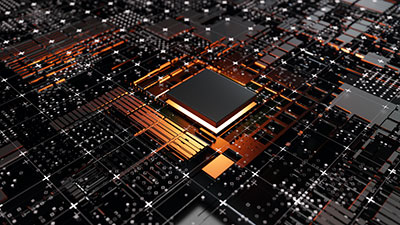The primary function of a low noise amplifier Design is to amplify small power signals. In an electronic microphone, the message can either be voltage or current, variable w.r.t. Time. Like all amplifiers, the low noise amplifier is also a two-port circuit. It consumes electric power to enhance the input signal’s amplitude. It results in a higher proportional output signal.
This article discusses ten practical considerations to keep in mind for LNA design.
Contents
- 1 Low Noise Amplifier Design– A Low Noise Figure offers Better LNA performance.
- 2 Low Noise Amplifier Design– You Need three Parameters to Calculate the Amplifier Power Gain.
- 3 Transmission Line background
- 4 The Reflection Coefficient in the Case of a Perfect Impedance Match is Zero
- 5 The Respective Reflection Coefficients in the RF Network
- 6 You can Categorize an LNA by its S-parameters
- 7 Use MAG as the Preliminary Screening Criteria for 2-port LNAs.
- 8 More Transducer Gain
- 9 Stability is the Primary Consideration
- 10 Low Noise Amplifier Design– More Suitable Impedance Value
- 11 Summary
Low Noise Amplifier Design– A Low Noise Figure offers Better LNA performance.
Low noise amplifiers are vital components in several devices. Some of them are radio communications, medical instruments, and electronic testing machines.
A typical low noise amplifier can provide a power gain of 100 (+20 decibels). Simultaneously, it can reduce the signal-to-noise ratio up to 3 dB (less than a factor of two). Signals well above the noise floor level can cause intermodulation distortions.
Signal chain components degrade the signal-to-noise ratio (SNR),noise figure refers to this degradation. It is a numeric value that defines the performance of an amplifier. Lower noise figure values mean better results from the low noise amplifier. In decibel terms, the noise figure is the same as the noise factor.
Low Noise Amplifier Design– You Need three Parameters to Calculate the Amplifier Power Gain.
A distinct feature in the amplifier circuit is more significant than unity power gain. In simple terms, an amplifier’s gain is the ratio of its output power to the input. Low noise amplifier(LNA) reduces the extra noise- which is a side effect of using speakers. To achieve this, designers need to factor a few things in their PCB/circuit designs. Some of them include choosing low noise components and impedance matching.
For calculating the amplifier power gain, you will need the values of 3 parameters. The parameters are:
1. Transducer power gain
It points to the benefits of the amplifier instead of using the source to direct-drive the same load. Often a low noise amplifier is conjugate-matched to the cause. The transducer power gain is then the same as operating power gain.
2. Operating power gain
In a two-port network, power dissipates into the load. The ratio of this dissipating power to the input power is the operating power gain.
3. Maximum available power/gain (MAG)
PLM= Highest available average power at load(output).
PSM= Highest power is available at the source.
MAG is the ratio of PLM and PSM.
These parameters’ value depends upon many factors such as load, input, output, and source. Reflection coefficient and S-parameters are also needed to derive the above values.
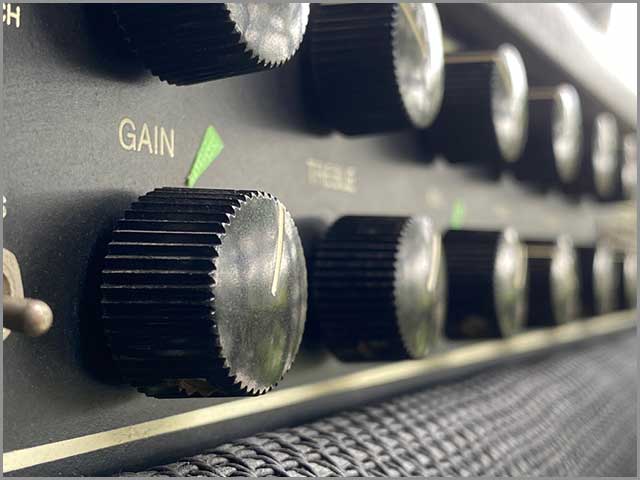
Transmission Line background
A transmission line is a conducting medium that carries signals over vast distances. Loss or distortion is the least(often negligible).
Consider load impedance ZL and source impedance ZS. Voltage(or power) is the sum of incident and reflection waves. They travel in opposite directions along the transmission characteristic impedance line(Z0).
If ZL is not equal to Z0, the load reflects some of the incident waves towards the source. The process carries on as an indefinite loop in lossless transmission lines.
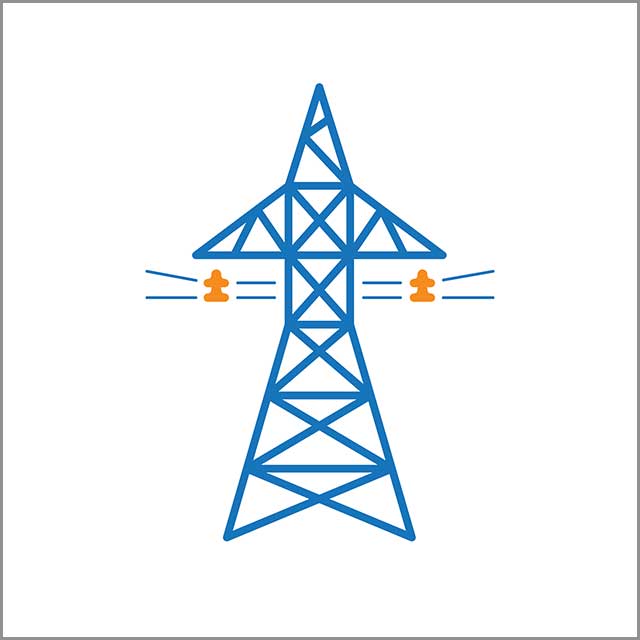
The Reflection Coefficient in the Case of a Perfect Impedance Match is Zero
The reflection coefficient is a ratio of the incident wave and reflected wave. Consideration is zero when the load impedance is equal to the characteristic impedance. It is a complex number, with a magnitude and an angle in the polar form.
If the difference between the two impedances is vast, we can expect a large extent of reflection. The reflection is proportional to the reflection coefficient in a low noise amplifier.
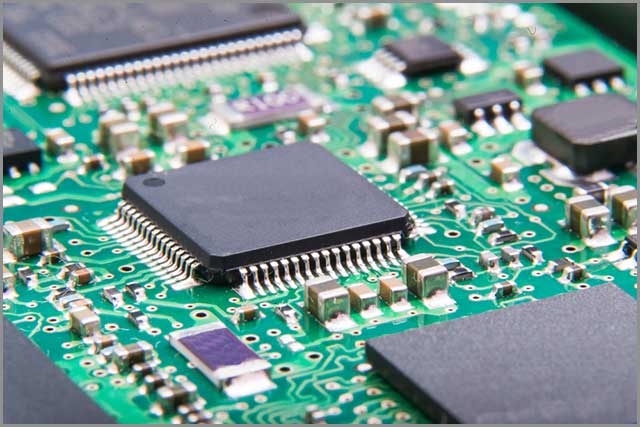
The Respective Reflection Coefficients in the RF Network
Source reflection coefficient and Load reflection coefficient are terms used in RF Networks. They are the same as source and load impedance for low noise amplifiers.
In wave flow graphs, you can represent incident and reflection waves. Plot the flow graph using linear relations within the network variables. It ensures the quick construction of a transfer function between 2 network points.
The nodes in the flow graph represent different variables. The independent variables link with the dependent ones through different paths. A gain value attaches itself to the path function, it is relative to the reflection coefficient of the concerned variables.
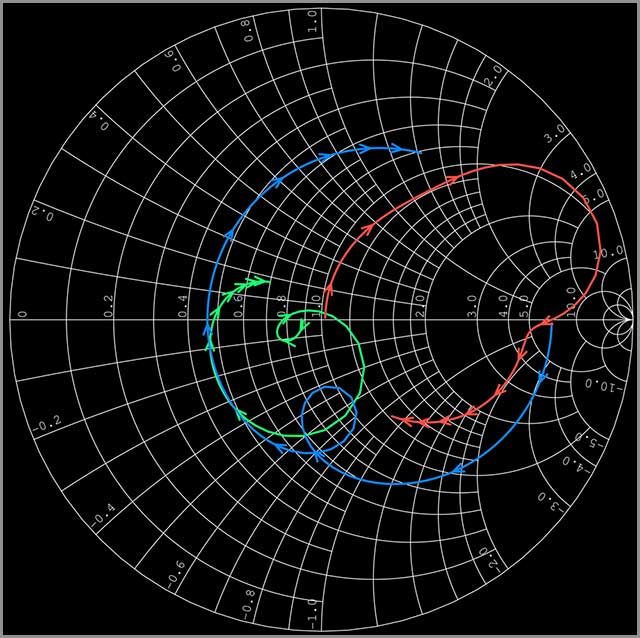
You can Categorize an LNA by its S-parameters
S-Parameters or Scattering parameters are essential in low noise amplifier designs. They describe linear network characteristics under the effect of electrical signals.
Matching loads are famous for studying S-parameters. The main reason is the ease of use for high signal frequencies. Modern vector network analyzers calculate the amplitude and phase of wave phasors.
You can express the electrical properties of several onboard components using S-parameters. Components may include :
1. resistors
2. inductors
3. capacitors
Parameters can show features like gain, return loss, VSWR, reflection coefficient, or stability. Having a grasp of matrix algebra is essential to understand S-parameters. The parameters follow these algebra laws.
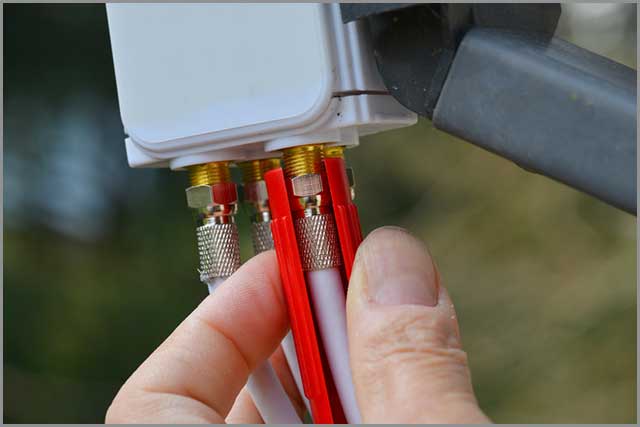
Use MAG as the Preliminary Screening Criteria for 2-port LNAs.
The MAG indicates the highest theoretical power gain that you can get from the device. The source and impedance loads are conjugate-matched. MAG is an essential property for 2-port RF amplifiers. Reverse transfer admittance zero. For the proper definition, look above.
In a two-port network, MAG can show the available gain levels of a low noise amplifier. This way, we can assess whether the LNA is suitable for the task. It is also why the MAG is the primary screening criteria for RF, LNA, and microwave networks.
More Transducer Gain
The most common gain term in RF amplifier design is transducer gain. As per definition, the ratio between the output power from the source to load and the highest source power. Transducer gain includes a few components:
1. We can input and output the result of impedance matching.
2. The total amplifier gain due to the LNA.
One of the functions of this parameter is the reduction of the following circuit matrix into a 2×2. This matrix reduction helps in measurement and calculation,resistive losses among the circuit components occur throughout the process. Neglect them during the calculation of transducer gain.
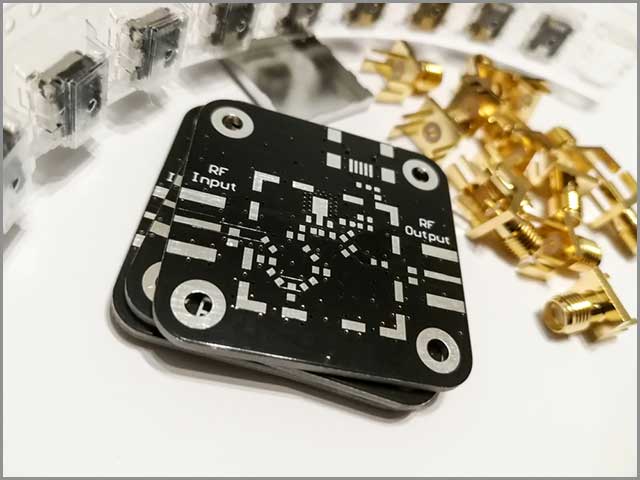
Stability is the Primary Consideration
The stability, or resistance to oscillation, is an essential consideration during LNA designing. Some parameters are useful in determining the stability of low noise amplifiers. They include the S-parameters, matching networks, and terminations.
Three phenomena are responsible for the instability in an amplifier. They are:
1. Transistor internal feedback.
2. The reason may be due to an external circuit, external transistor input.
3. Unnecessary gain outside the necessary frequency band of operation.
It would help if you calculated the Rollett’s stability factor(K) using the given S-parameters. The matrix determinant, along with the stability factor, can determine the stability. An amplifier is stable only when K is greater than 1. Plus, the determinant value must not exceed one.
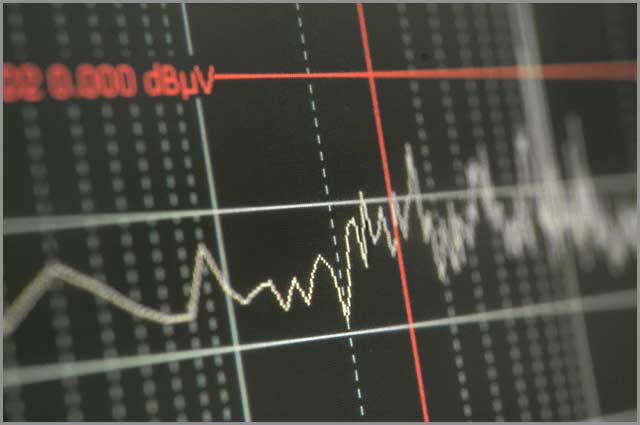
Low Noise Amplifier Design– More Suitable Impedance Value
The Smith Chart is necessary to design matching impedance networks. Transmission lines change the impedance properties using microstrip lines,these lines have varying characteristic impedances. They can also transform the value of any resistor.
There are two types of matching networks:
1. Input matching network: These are useful for reducing noise influence. It matches the transistor input to the source. This way, we can get a noise figure as close to the least noise possible.
2. Output matching network: This network matches the transistor output with the load. Thus, the system provides the highest potential gain- maximizing power.
Summary
We hope that the above guide was useful. These considerations are necessary for the proper design of a low noise amplifier.
An input signal with a lower noise figure will get better amplification through LNAs. Signals well above the noise floor will face intermodulation distortion. Transducer power gain, operating gain, MAG are necessary to find the amplifier gain. The remaining vital ones are S-parameters, stability, and reflection coefficients. Different values of impedance can cause wave reflections. The reflection coefficient is 0 when the impedances match.
Experts suggest depending on a reliable company for making your custom PCB Designs. At Contact us for an estimate of your custom design PCBs.
